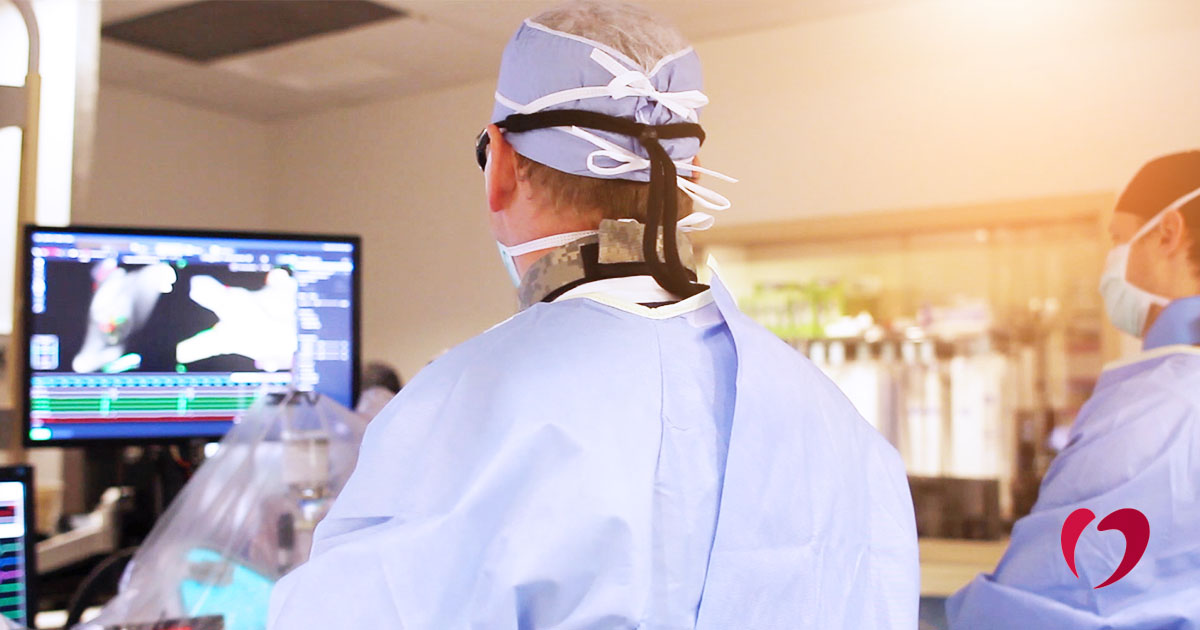What is a lead extraction?

Cardiac implantable electronic devices (CIEDs) such as pacemakers and defibrillators can be life-saving devices for many patients with irregular heart rhythms. But as with any device or implant, there is also a small risk of complications associated with the device. The most common issues are infection or mechanical failure of the device or the leads that attach to the heart.
The risk of infection related to CIEDs is rather low, but in the rare cases where infection does occur, it can be serious. If you have a CIED and experience fever, chills, sweating, or any swelling near the device pocket, talk to your Oklahoma Heart Hospital physician about your symptoms immediately. When infection occurs, the typical treatment is to remove the device and the leads completely to allow the infected area to fully heal.
When mechanical failure occurs, it could mean that either the device or one or more leads needs to be removed and replaced. For mechanical failure, the extraction and replacement are typically done within the same procedure, unlike a complete removal due to infection.
During a lead extraction procedure, an electrophysiologist guides a small straw-like tool with a laser at the end over the leads. The laser destroys small amounts of tissue surrounding the lead so that it can be safely pulled from the heart and body.
Lead extraction is a specialized procedure available at limited hospitals due to the training, skill, and technology required for a successful outcome. The complexity of a lead extraction varies depending on how long the lead has been in place, but most are more complex procedures than device placement. If a lead has only been in place a few months, the procedure can be relatively simple. But for leads that have been in place for years or even decades, more time and skill is required to remove any tissue that has attached to the lead.
When the procedure is performed at Oklahoma Heart Hospital South, patient care is a top priority. Patients are put under full anesthesia during the procedure and typically can expect to stay one night in the hospital for monitoring afterward.
Lead Extraction Risks
The two primary risks are possible damage to the heart at the point where leads are attached to the heart or damage to veins that may have attached to the lead over time. Electrophysiologists collaborate with the cardiac surgery team so that both a cardiac perfusionist and a cardiothoracic surgeon are on standby should any complications occur that might require immediate intervention. While risk of complication is minimal and most lead extractions do not require additional intervention, this collaborative approach in a hybrid operating room helps ensure patient safety throughout the procedure.
Because lead extraction requires specialized skill and technology, many patients may have undergone a procedure in which old leads were left in place after device removal or placement of new leads. Over time, these unnecessary leads may begin to interfere with the veins or may result in infection. Some patients may also experience a detached lead that, if left unaddressed, can result in a portion of the lead breaking through the skin.
If you experience any problems or signs of infection related to a CIED or still have old abandoned leads from a prior procedure, contact the Oklahoma Heart Hospital today for more information about lead extraction.
